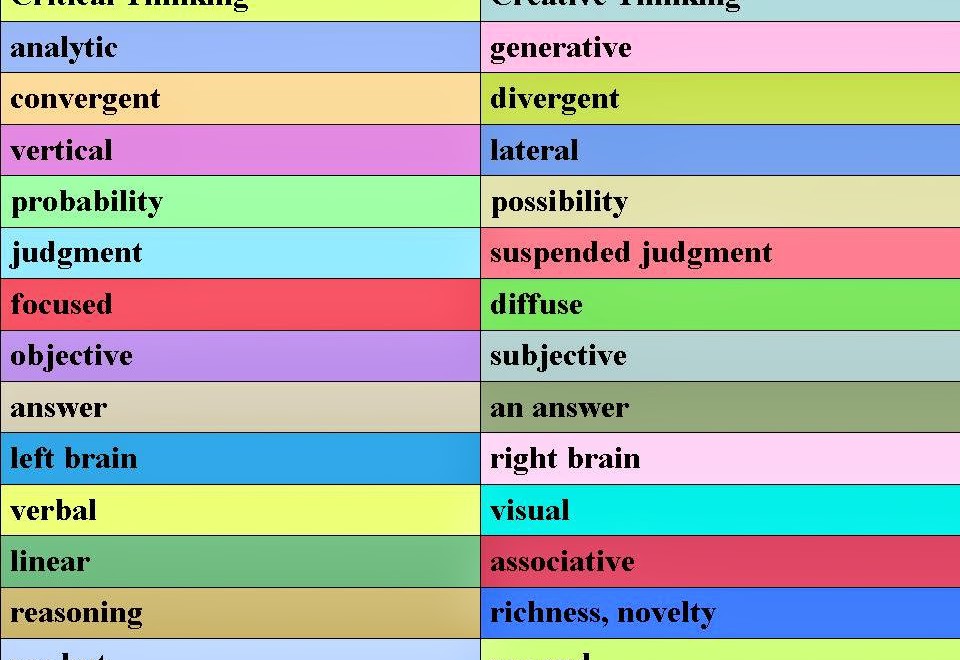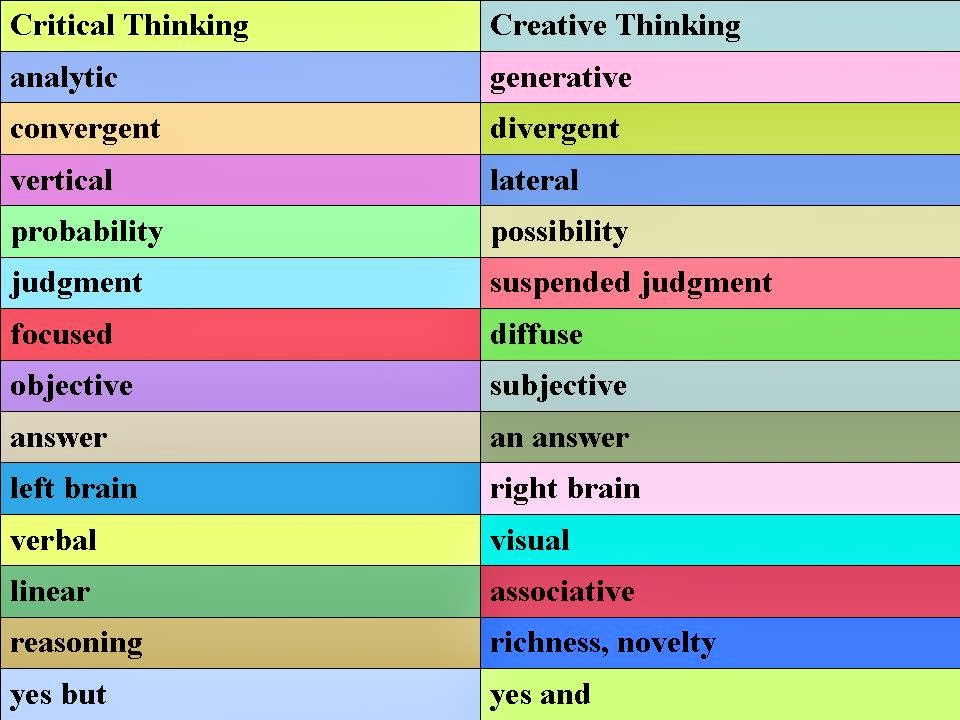Critical Thinking

January 22, 2014
By:
Critical thinking is nothing new in education, but it sure is getting a lot of attention. In the BFS Libraries, we frequently discuss and share ideas to inspire critical and creative thinking.
But what is it? Critical thinking is beyond the investigation and deeper into the how and why of an idea, person, place or thing. Critical thinking requires the reader to go beyond the surface and create new meanings and connections based on the information presented combined with the reader’s prior knowledge.
But how can we teach this?
Critical thinking is an experience. It is not a rote skill. It is something that requires practice, but measured practice with stages and guidance. At the Preschool level, thinking might begin with a seed and understanding that seeds germinate into a larger plant under certain conditions. Critical thinking takes this thinking steps further, asking questions such as “What would happen if the seed was watered with milk?” “Why do some seeds need soil and others do not?” “How can a seed survive in various conditions [hot, cold, other]?” At the second grade level, critical thinking might begin with looking at the life of a changemaker such as Harvey Milk. Critical thinking would ask, “How were/are civil rights affected because of Harvey Milk?” “How can I make choices to create/affect change?” “Why is Harvey Milk a changemaker?” These strategies can be implemented similarly as the the grade levels increase.
Then there is the consideration of creative vs critical thinking. How are they different? The same? A quick glance at this graphic can help:
From http://theworldinyourclassroomthroughpjbl.blogspot.com/2011/09/critical-and-creative-thinking.html
Critical thinking and creative thinking can occur together, but taken apart, can be very powerful. Critical thinking is an analysis and synthesis of sorts, while creative thinking is taking information and fusing it into something new. Groundbreaking inventions, new systems and even new words introduced into our vocabulary are evidence of creative thinking.
Below is another graphic that offers strategic vocabulary in implementing and considering critical thinking:
From http://nancy-rubin.com/tag/critical-thinking/
In the BFS libraries, we have more to offer on critical thinking and creative thinking. Stop in for assistance or just to chat!


